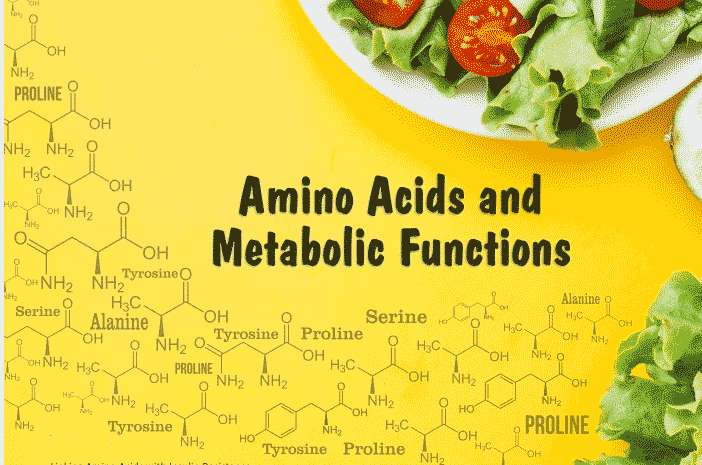Am I now going to get diabetes and heart disease?” asked a 37year-old high school math teacher to the doctor, as his medical V test reports showed raised levels of blood sugar , serum triglycerides and Low Density Lipoprotein (LDL) cholesterol . Additionally, he also had excess fat accumulation around the waist. With this ominous combination, his doctor indeed could understand that he was gradually moving towards a Health condition called “Metabolic syndrome”.








